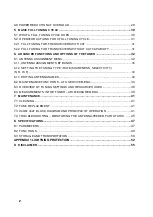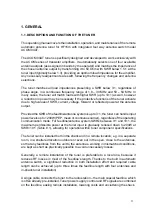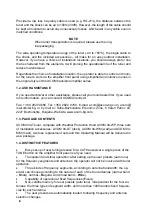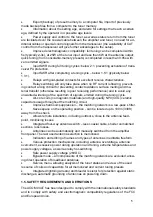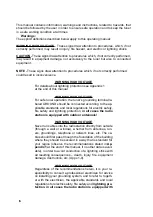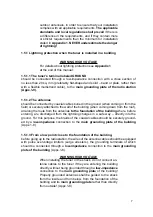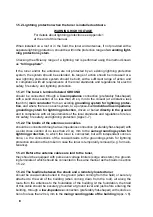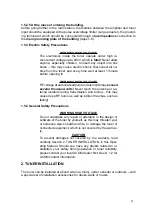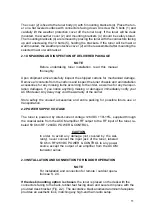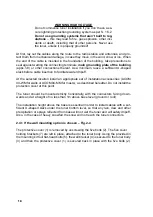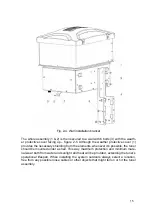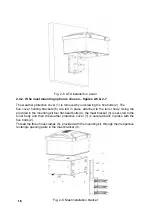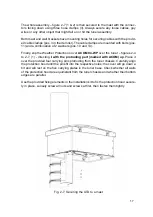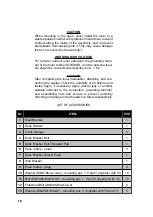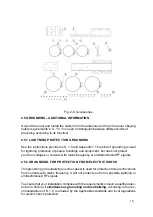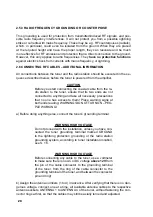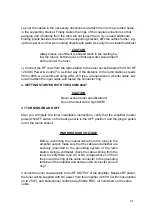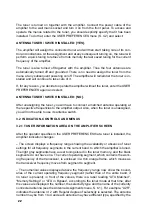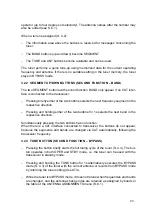
88
1.5.2 Lightning protection when the tuner is installed outdoors
WARNING HIGH VOLTAGE
For details about lightning protection see Appendix 1
at the end of this manual.
When installed on a roof or in the field, the tuner and antennas, if not provided with a
separate lightning protection, should be within the protection range of
an existing light-
ning protection system
.
Checking the efficiency range of a lightning rod is performed using the method known
as
“rolling sphere”
.
If the tuner and/or the antennas are not protected by an existing lightning protection
system, the system should be extended, its range of action should be increased or a
new lightning protection system should be built, with a sufficient range of action and
in compliance with all requirements of the local standards and regulations for electric
safety, fire safety, and lightning protection.
1.5.2.1 The tuner’s terminal labeled GROUND
should be connected through a
low-impedance
connection (preferably flat-shaped)
with a solid cross section of no less than 20 sq. mm to the closest (at a distance less
than 6m)
main conductor
from an existing
grounding system for lightning protec-
tion
, and where there is no such system, to a purpose-built
individual low-impedance
grounding system for lightning protection
, driven or buried
directly in the ground
and in compliance with all requirements of the local standards and regulations for elec-
tric safety, fire safety, and lightning protection (Appx.1-7).
1.5.2.2 The braids of the antenna coax cables
should be connected through a low-impedance connection (preferably flat-shaped) with
a solid cross section of no less than 20 sq. mm to the
same grounding system for
lightning protection
, to which the tuner is connected, but with independent connec
-
tions, i.e. the connections of the coaxial braids to the grounding system for lightning
protection should not be broken in case the tuner is temporarily removed (e.g. for main
-
tenance).
1.5.2.3 Before the antenna cables are laid to the tuner,
they should be equipped with pulse overvoltage limiters (surge arresters), the ground
-
ing terminals of which should be connected in the same manner as the braids in section
1.5.2.2.
1.5.2.4 The feedline between the shack and a remotely located tuner
should be coaxial cable buried in the ground (when coming from the field) or securely
attached to the wall of the building (when coming down from the roof), all along the
route from the antennas to the foundation of the building. At the foundation, the braid
of this cable should be securely grounded at ground level and just before entering the
building, through a
low-impedance
connection (preferably flat-shaped) with solid sec
-
tion of no less than 20 sq. mm to the
main grounding plate of the building
(Appx.1-8).
Summary of Contents for ACOM 04AT
Page 1: ...1 ...
Page 57: ...2 2 ...



